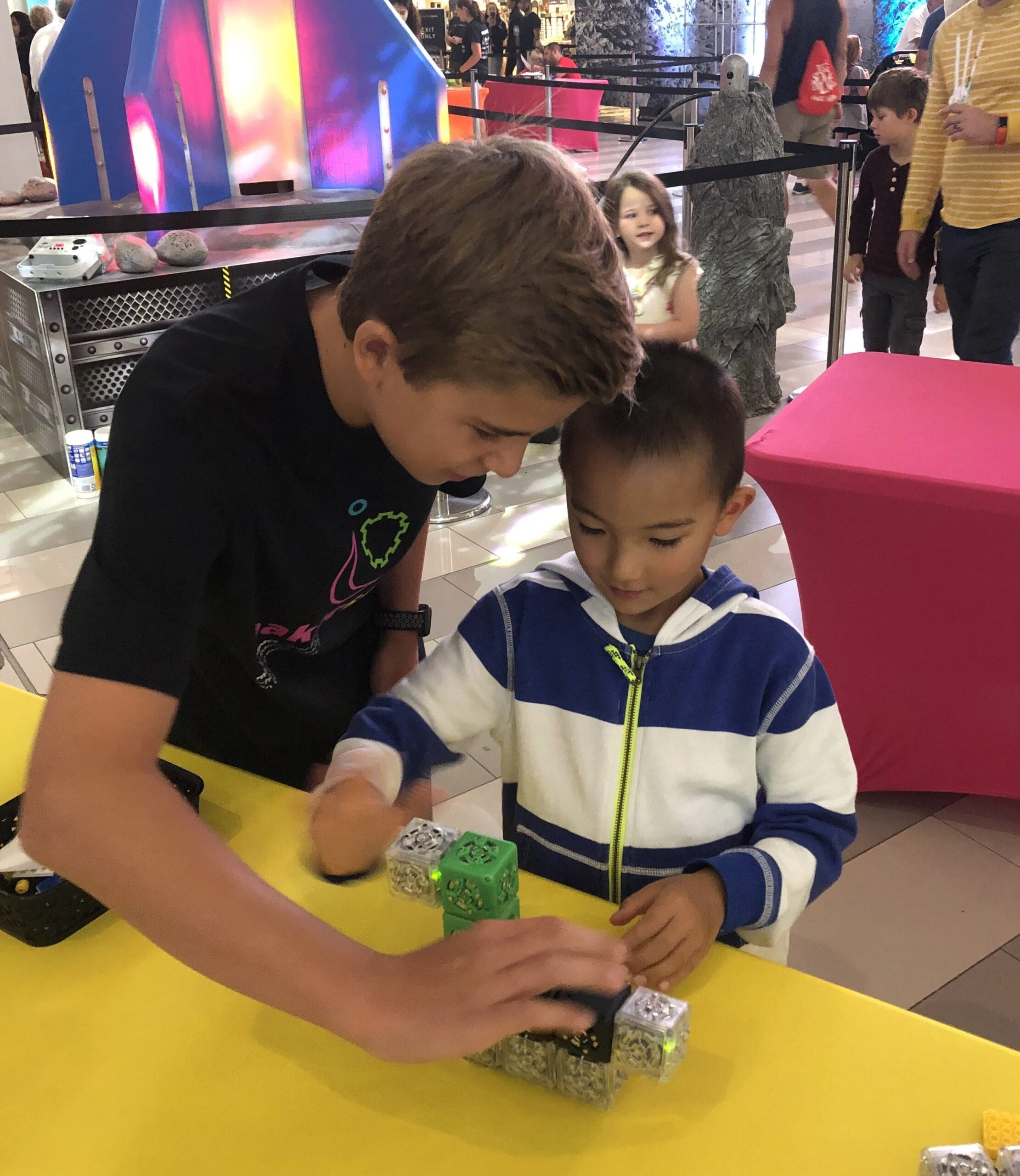
How to program Cubelets for early STEM education?
Cubelets are a fantastic tool for introducing young learners to the world of STEM (Science, Technology, Engineering, and Mathematics). These modular robots are easy to use and can help children develop critical thinking, problem-solving, and creativity skills while having fun.
Why Use Cubelets for Early STEM Education?
Cubelets are designed to be intuitive and easy to use, making them ideal for young children. They promote hands-on learning and allow students to explore concepts like robotics, programming, and engineering in a fun and engaging way. By using Cubelets, educators can help children develop essential 21st-century skills that will benefit them throughout their lives.
Getting Started with Cubelets
Before you can start programming Cubelets with your students, you need to familiarize yourself with the different types of Cubelets and how they work. Cubelets come in various shapes and colors, each representing a different function. For example, the “Drive” Cubelet allows the robot to move, while the “Flashlight” Cubelet emits light.
Once you understand the basics of Cubelets, you can begin programming them to perform different tasks. Cubelets are programmed using Cubelets Blockly, a simple and intuitive programming platform that uses drag-and-drop blocks to create code sequences.
Programming Tips for Educators
- Start with simple tasks to build students’ confidence.
- Encourage teamwork and collaboration among students.
- Provide opportunities for students to experiment and explore on their own.
- Use real-world examples to help students understand the relevance of STEM concepts.
Conclusion
Programming Cubelets for early STEM education can be a rewarding experience for both educators and students. By introducing young learners to the world of robotics and programming in a fun and interactive way, educators can help children develop essential skills that will benefit them throughout their lives.
Was this helpful?
0 / 0